Precise Chimney Diagnostics for Optimal Performance
Regular chimney inspections are essential for maintaining safe and efficient fireplace operation. They help identify potential issues before they become costly repairs or safety hazards, ensuring the chimney functions properly during use.

A properly installed chimney cap prevents debris, animals, and water from entering the chimney, protecting the structure and improving safety.
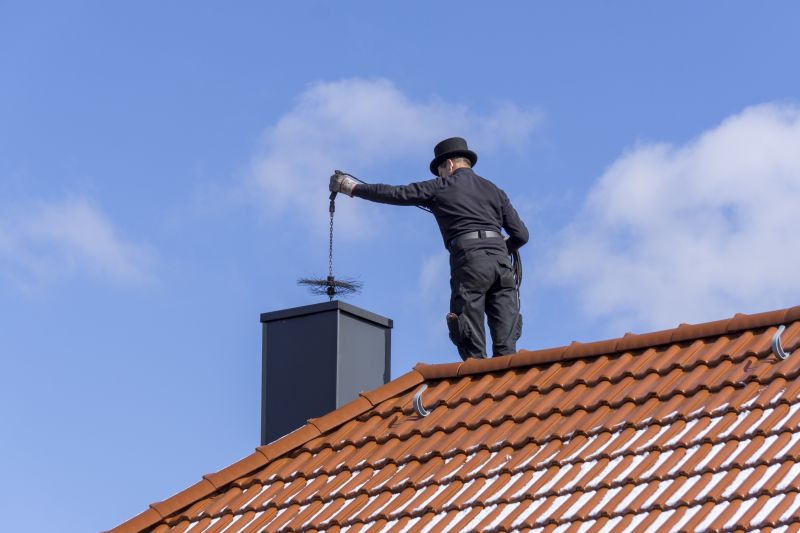
Inspecting the chimney liner ensures there are no cracks or blockages that could lead to dangerous smoke or carbon monoxide buildup.

The damper controls airflow and should operate smoothly to prevent drafts and heat loss when the fireplace is not in use.

A thorough inspection of the fireplace opening helps detect creosote buildup, cracks, or other issues affecting safety and performance.

Examining the exterior of the chimney identifies structural damage or deterioration that could compromise stability.

Properly functioning wood burning fireplaces require regular inspection to ensure safe operation and efficient burning.
Key components of a chimney include the chimney cap, liner, damper, and fireplace opening. Each element plays a vital role in ensuring safe and efficient operation. The chimney cap prevents debris and pests, while the liner protects the structure from heat and corrosion. The damper regulates airflow, and the fireplace opening must be free of obstructions and damage.
Ensuring the chimney cap is intact and functioning prevents water intrusion and pest entry, extending the lifespan of the chimney.
A thorough check of the liner helps identify cracks or deterioration that could lead to fire hazards or smoke leaks.
Inspecting the damper ensures it opens and closes properly, maintaining control over airflow and heat retention.
Neglecting chimney inspections can lead to dangerous conditions such as creosote buildup, blockages, or structural damage. These issues increase the risk of chimney fires, carbon monoxide poisoning, and property damage. Regular inspections help identify and address problems early, ensuring safe operation.
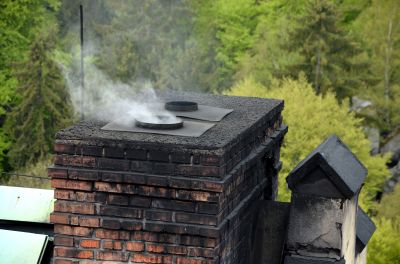
Accumulation of creosote can ignite, causing chimney fires if not regularly cleaned and inspected.
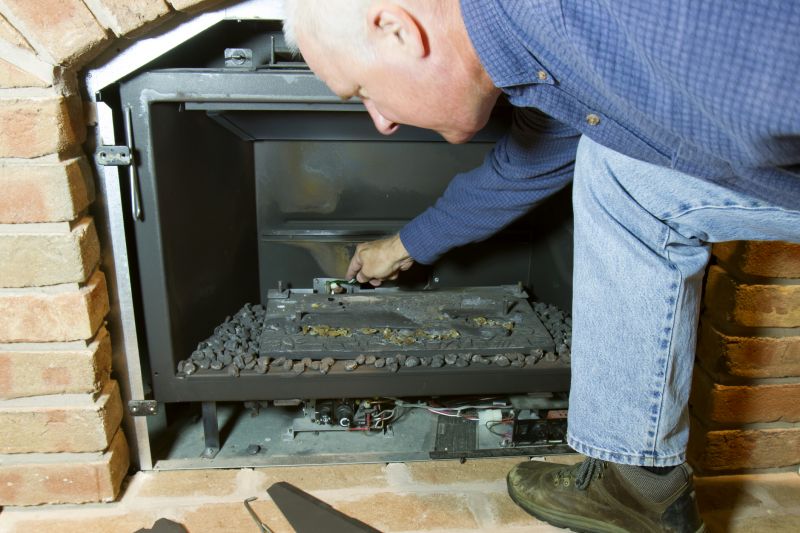
Cracks in the liner can lead to heat transfer to combustible materials and smoke leaks.
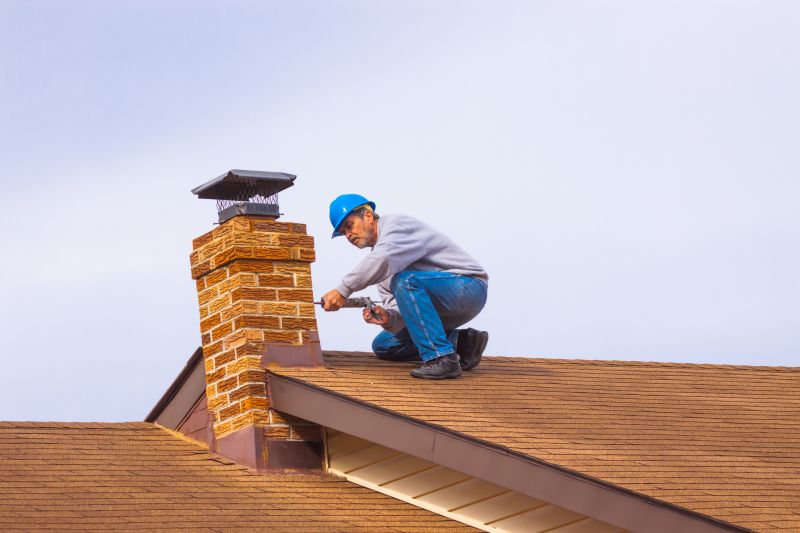
A damaged cap allows debris and animals to enter, risking blockages and damage.
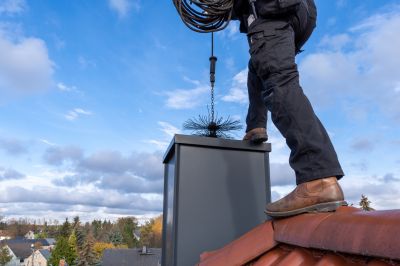
Blockages from debris or nests can prevent proper venting, leading to smoke and carbon monoxide buildup.
Contact the chimney inspection service today to schedule a thorough assessment of the fireplace and chimney system. Proper inspection and maintenance are key to safe, efficient, and trouble-free fireplace operation.



